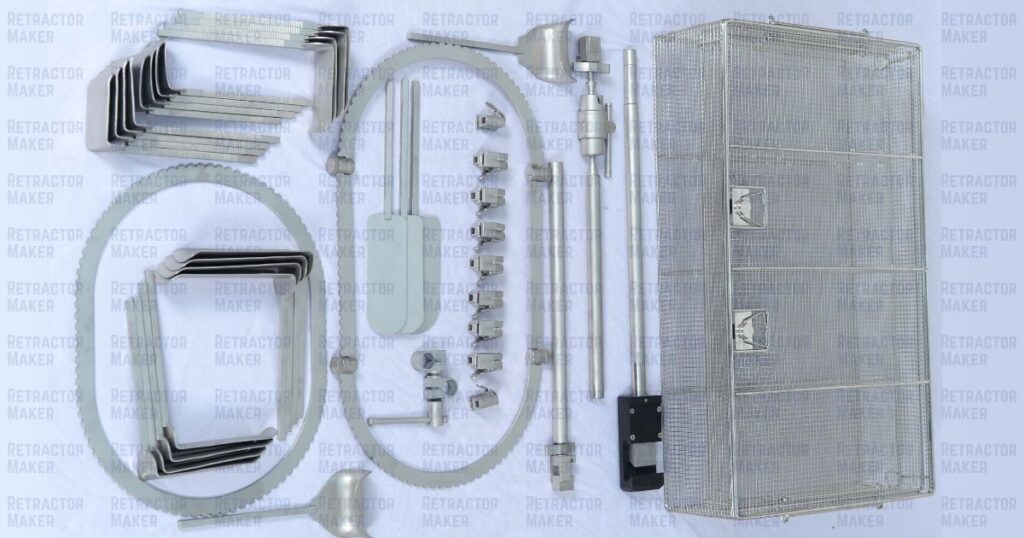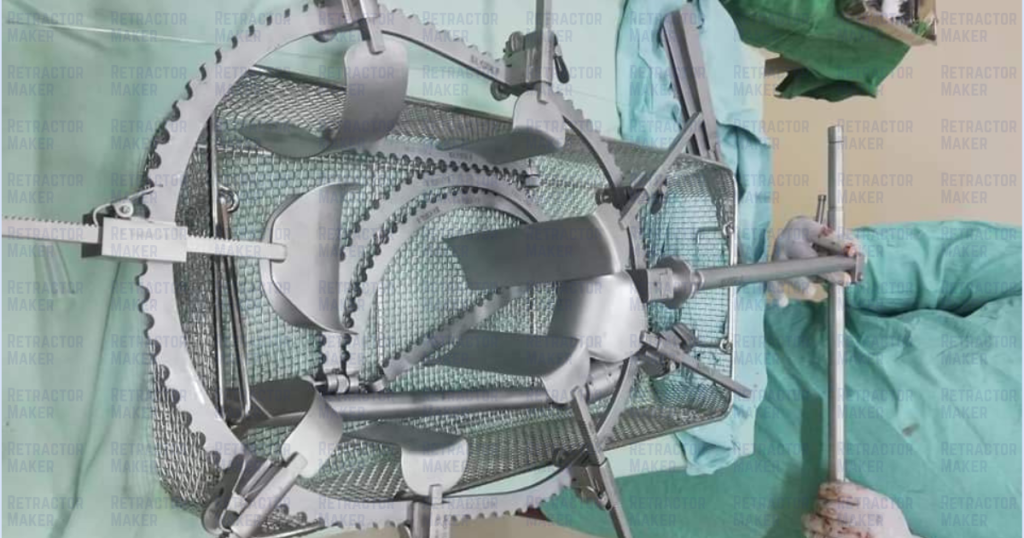The History of the Bookwalter Retractor: A Game-Changer in Surgical Retraction
The Bookwalter Retractor has revolutionized surgical procedures since its introduction, offering superior visibility and stable tissue retraction for complex and prolonged surgeries. Understanding the history of the Bookwalter Retractor offers insight into how surgical instruments have evolved to improve patient outcomes and surgical precision.
The Origins of the Bookwalter Retractor

The Bookwalter Retractor was invented by Dr. John Bookwalter, an American surgeon, in the 1970s. At the time, surgical teams faced a recurring challenge during open surgeries: maintaining steady and consistent retraction of tissues over long periods. Existing retractors were either too bulky or required assistants to hold them in place manually, leading to fatigue and inconsistency during delicate procedures.
Dr. Bookwalter, who specialized in gastrointestinal surgery, recognized the need for a more reliable and efficient solution. Inspired by his hands-on experience in the operating room, he developed a self-retaining retractor system that could be mounted on the surgical table, freeing up surgical assistants and allowing for more precise tissue retraction.
The Evolution of the Bookwalter Retractor System
When it was first introduced, the Bookwalter Retractor System was groundbreaking. It combined a table-mounted design with interchangeable parts, making it highly adaptable for various surgical specialties, such as abdominal, gynecological, and urological surgeries. The system featured:
- A table-mounted frame: Designed to fit most operating tables, this frame provided a stable platform that allowed surgeons to attach retractor blades securely.
- Multiple retractor blades: These blades, which came in various shapes and sizes, enabled surgeons to hold back tissues and organs efficiently, exposing the surgical site with minimal effort.
- Adjustable components: Surgeons could select different blades, clamps, and ratchets to customize the system according to the type of surgery being performed, enhancing the versatility of the tool.
As more surgeons adopted the Bookwalter Retractor, it quickly became a standard in operating rooms worldwide. It not only improved the efficiency of surgeries but also contributed to better patient outcomes by reducing the need for excessive manual retraction.
The Rise in Popularity and Adoption
Throughout the 1980s and 1990s, the Bookwalter Retractor Set gained popularity in hospitals and surgical centers around the world. Its durable design, ease of use, and ability to provide stable retraction for long procedures made it an essential tool for surgeons.
During this period, the Bookwalter Retractor became especially popular in abdominal and thoracic surgeries, where large incisions required careful management of the tissue. Surgeons also found the system useful for complex procedures like liver resections, bowel resections, and kidney transplants.

Bookwalter Retractor Components and Modern Innovations
Over time, manufacturers made enhancements to the original Bookwalter Retractor design, offering greater flexibility and more specialized tools for modern surgical needs. Some key components that evolved over time include:
- Bookwalter Retractor Blades:
Originally, the retractor blades were designed for general use, but over time, the blades became more specialized, allowing surgeons to retract specific tissues or organs with precision. Today, Bookwalter Retractor Blades are available in various designs, including flat, fenestrated, and malleable versions. - Ring Frame Sizes:
To cater to different surgical sites, the system evolved to include varying ring sizes. The adjustable rings provided surgeons with better access to different parts of the body, particularly in complex procedures like liver resections or pelvic surgeries. - Bookwalter Retractor Assembly:
As surgeons became more familiar with the Bookwalter Retractor System, manufacturers streamlined the assembly process. Innovations made it easier to set up and adjust the system mid-surgery, improving the overall efficiency of operating room teams.

Impact on Modern Surgery
The Bookwalter Retractor is not just a tool; it represents a paradigm shift in surgical practice. Its development highlighted the importance of ergonomics and efficiency in the operating room. Today, the Bookwalter Self-Retaining Retractor continues to play a pivotal role in open surgeries, where maintaining clear access to the surgical site is critical.
The retractor’s widespread adoption can be attributed to its ability to allow surgeons to perform intricate procedures with better control, reducing the risk of complications, such as tissue damage or extended operating times.
The Future of the Bookwalter Retractor
The Bookwalter Retractor System continues to evolve to meet the needs of modern surgeons. Manufacturers now offer specialized versions of the retractor to accommodate minimally invasive procedures, and improvements in materials have made the system more durable and easier to sterilize. Additionally, custom Bookwalter Retractor Sets are available for different specialties, allowing surgical teams to tailor their instruments to the needs of the procedure.
The invention of the Bookwalter Retractor has paved the way for other innovative retraction systems, but it remains one of the most trusted and widely used instruments in the field. As surgical techniques continue to advance, it’s likely that the Bookwalter Retractor will maintain its position as a cornerstone of open surgery.

Conclusion
The history of the Bookwalter Retractor is a testament to the importance of innovation in surgical tools. From its invention in the 1970s by Dr. John Bookwalter to its widespread use in modern operating rooms, the Bookwalter Retractor System has transformed the way surgeons perform complex surgeries. Its unique design, flexibility, and reliability make it a crucial part of surgical kits worldwide.
If you’re interested in learning more or purchasing a Bookwalter Retractor, visit our Bookwalter Retractor product page to explore our range of customizable kits and components.

Your ability to blend thought-provoking ideas with evocative language is truly remarkable. Every sentence seems to unlock a new door to understanding, leading the reader to a richer, fuller interpretation of the world around them. It’s rare to come across writing that does more than just tell a story — your words create entire worlds, and I found myself lost in them, not wanting to leave.